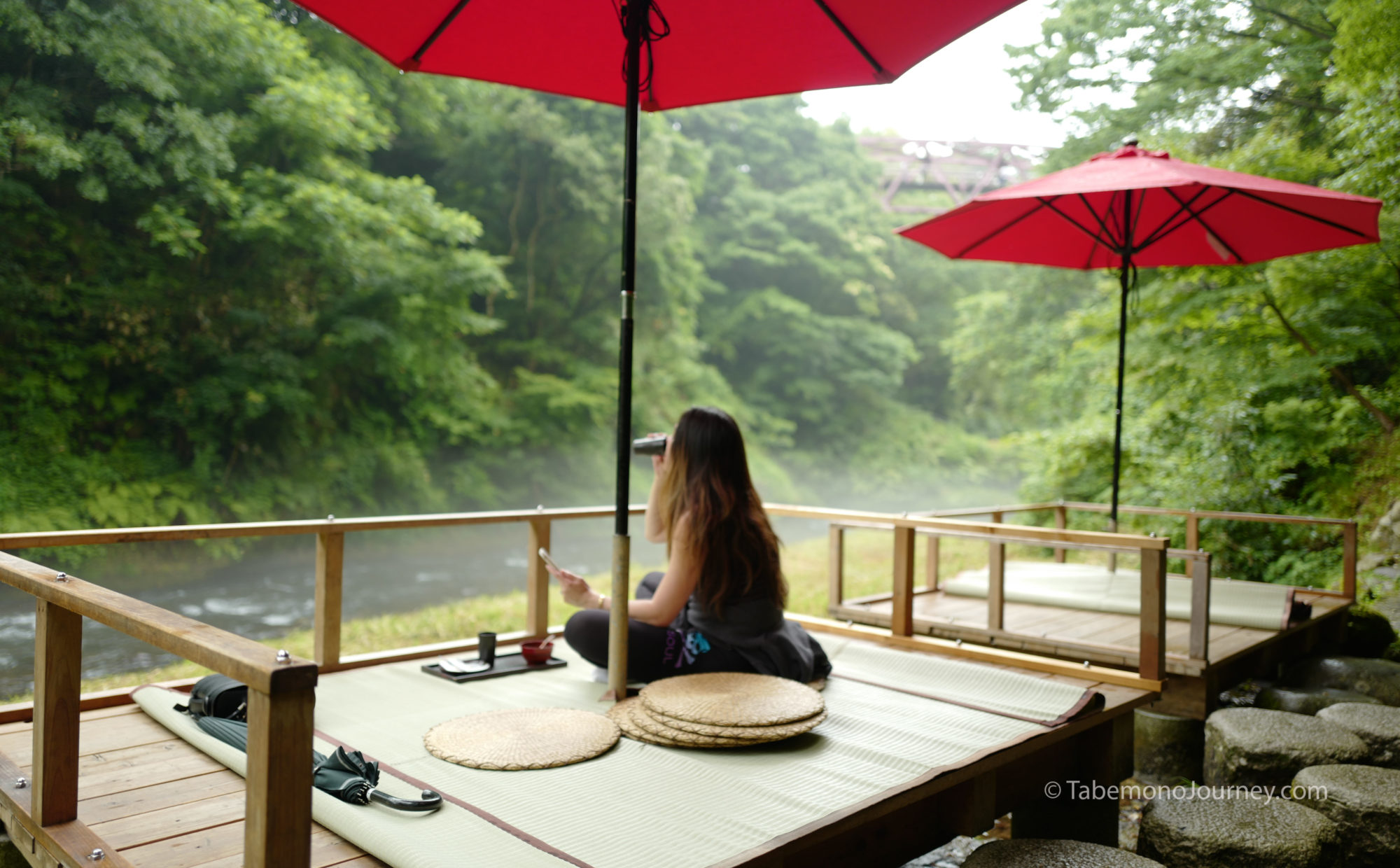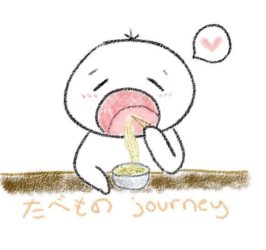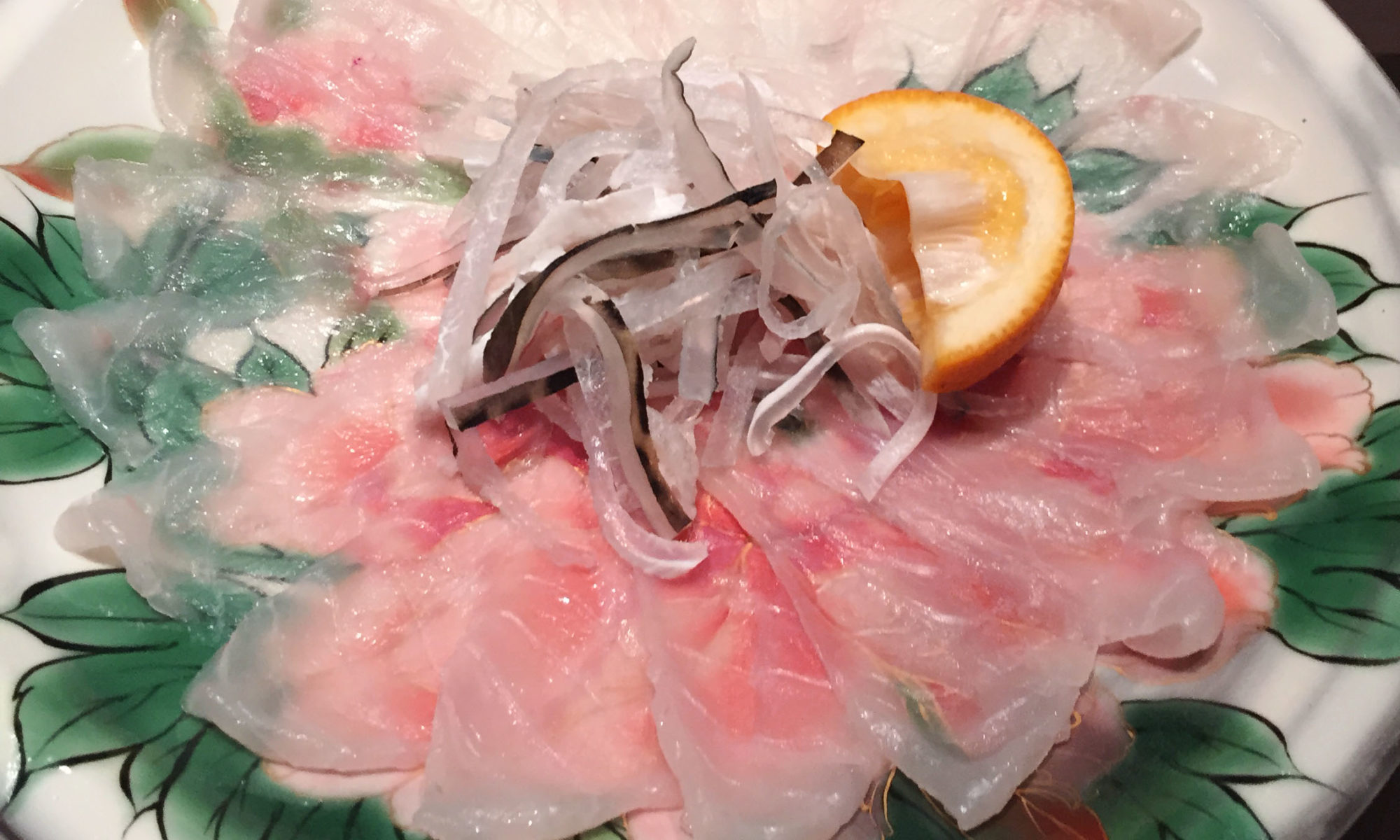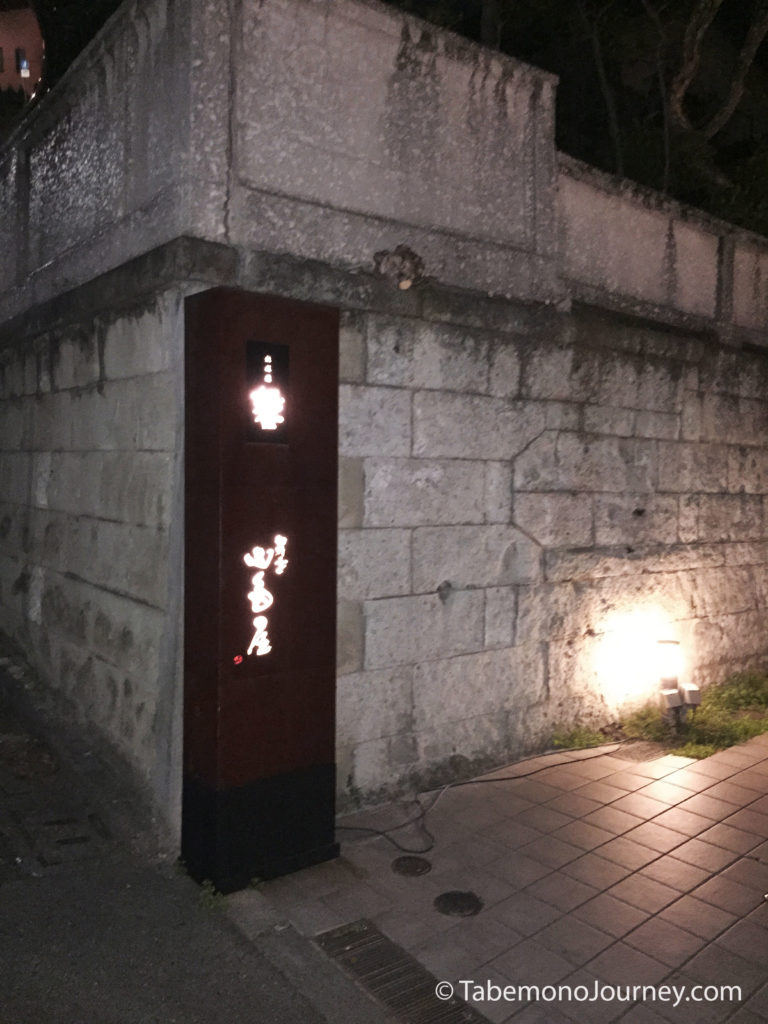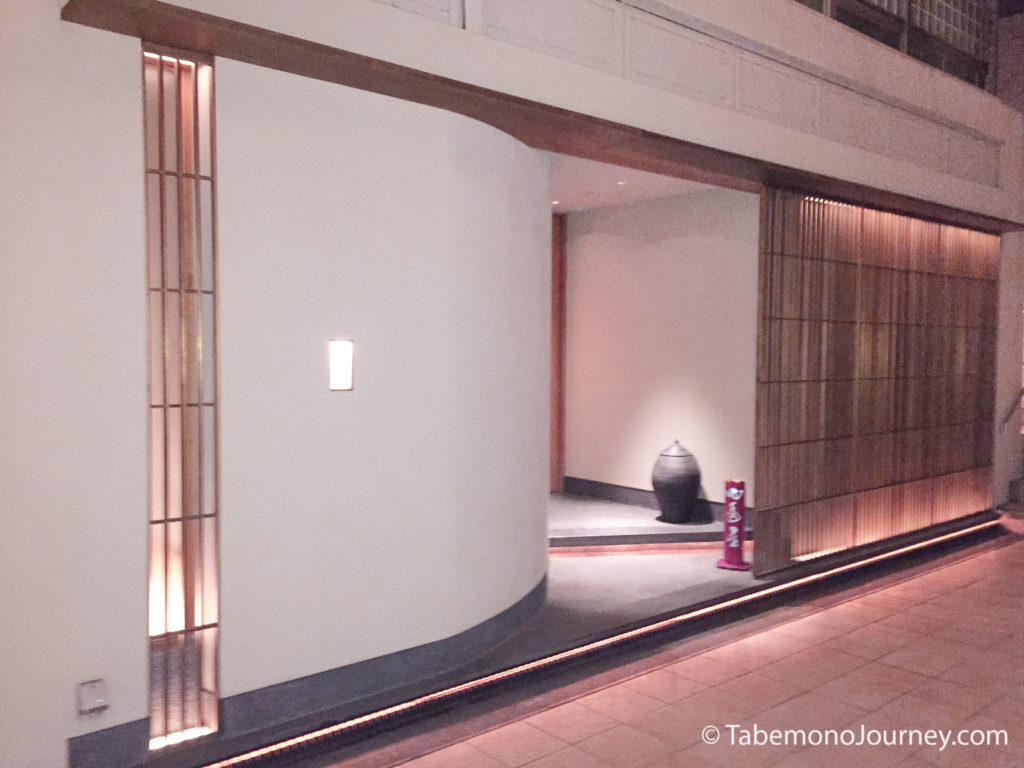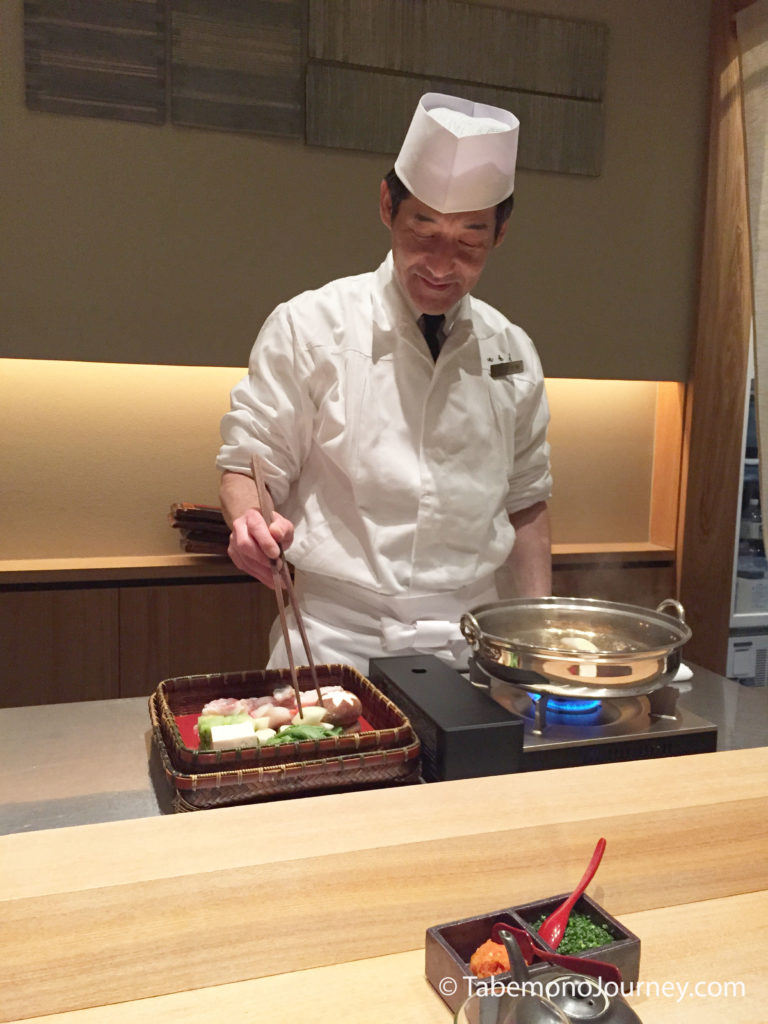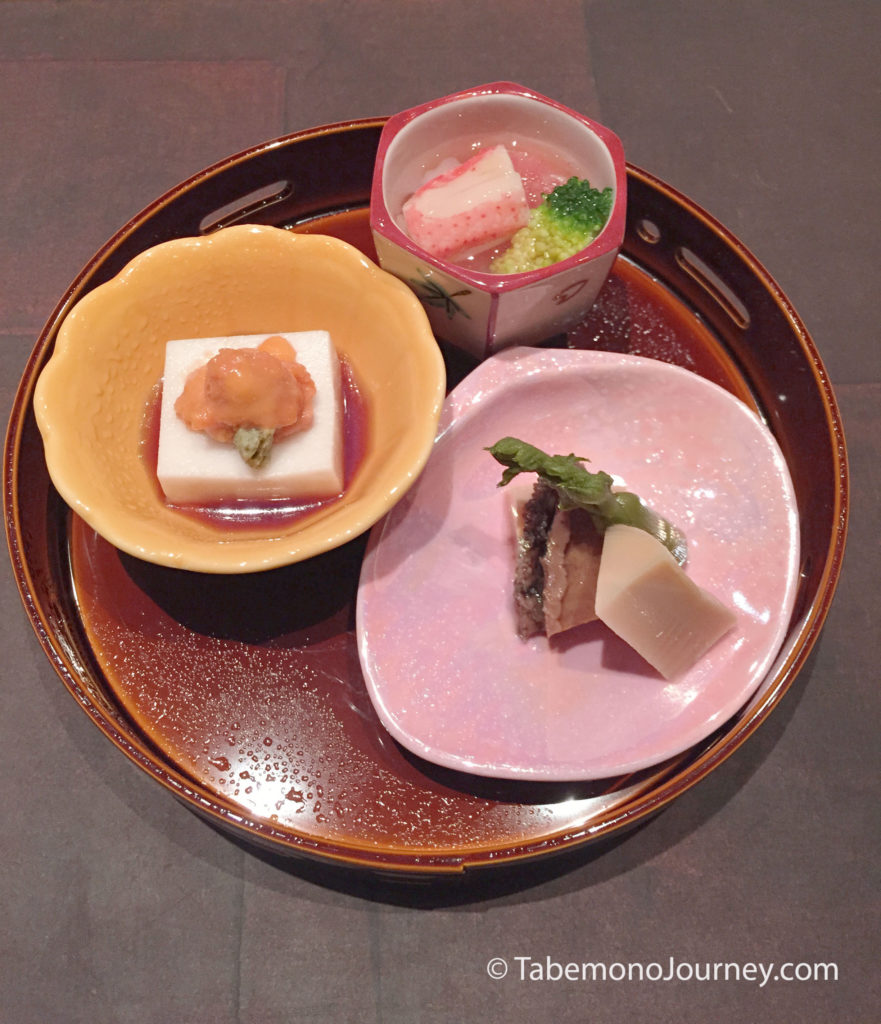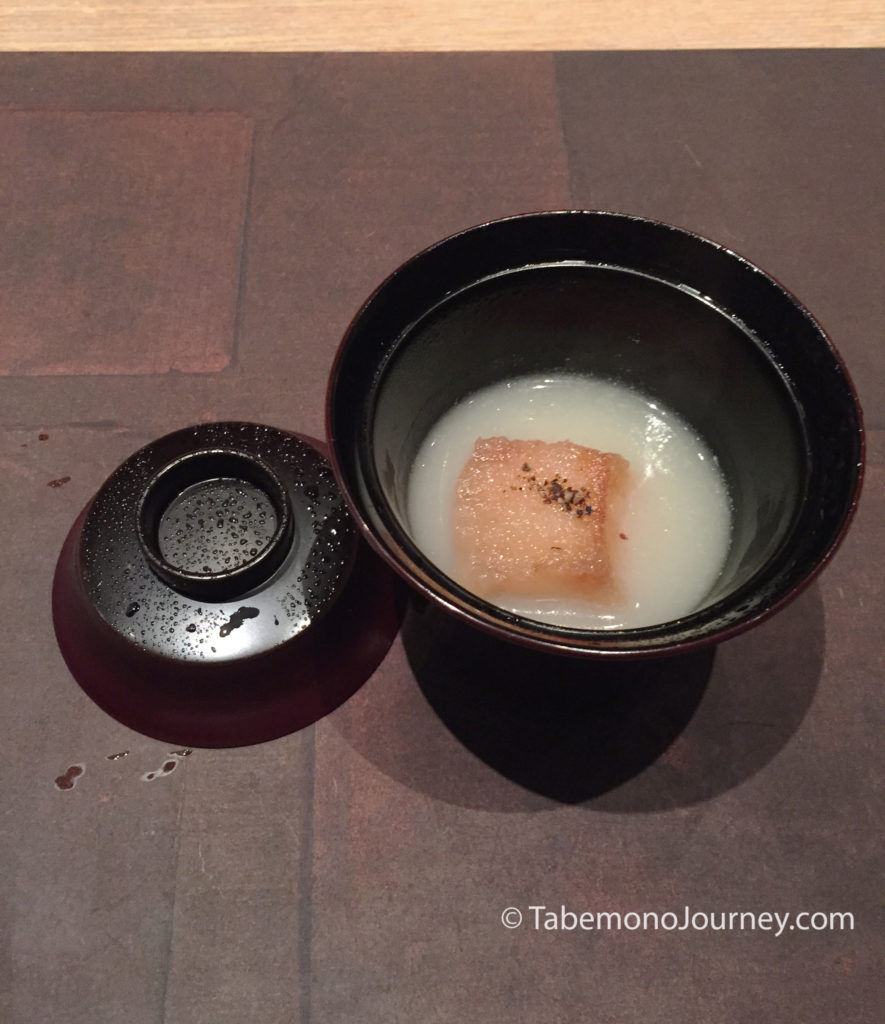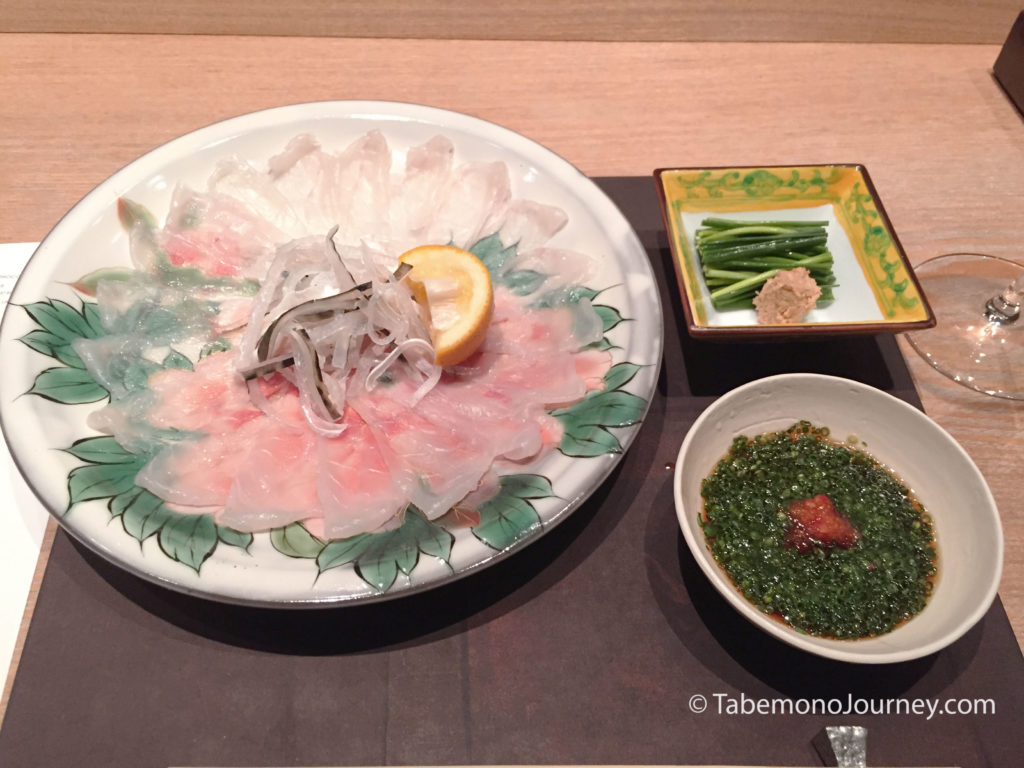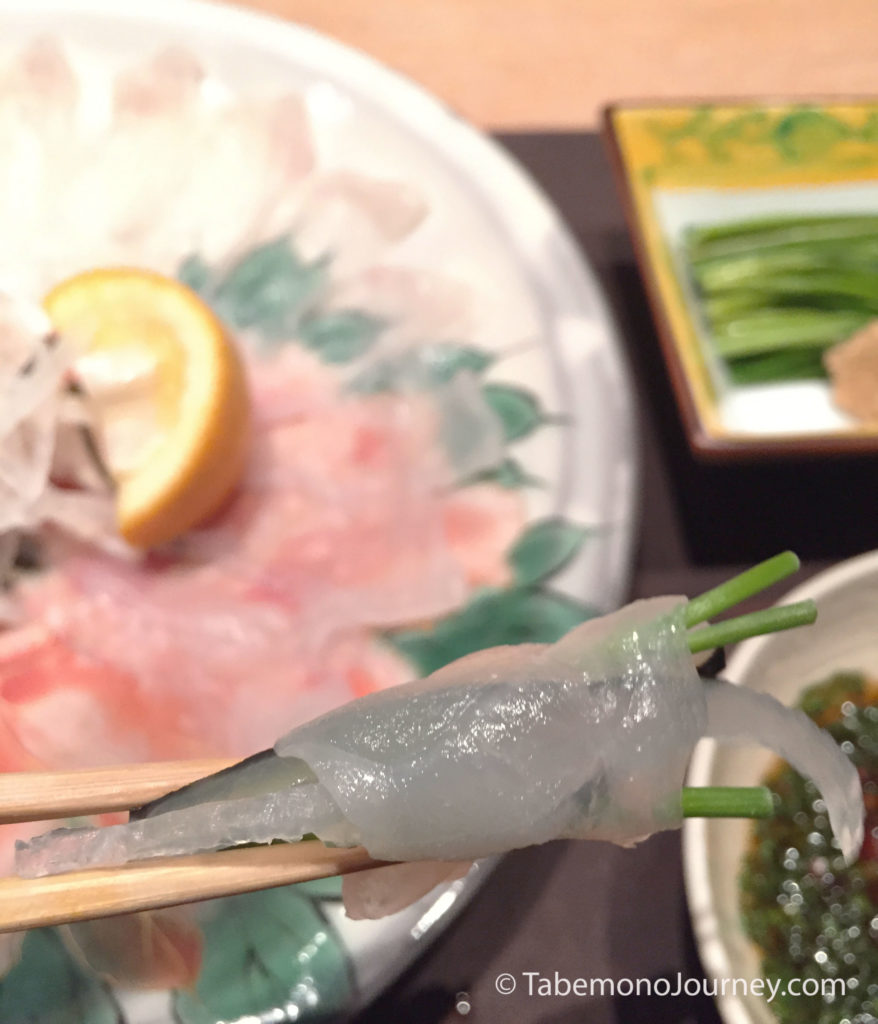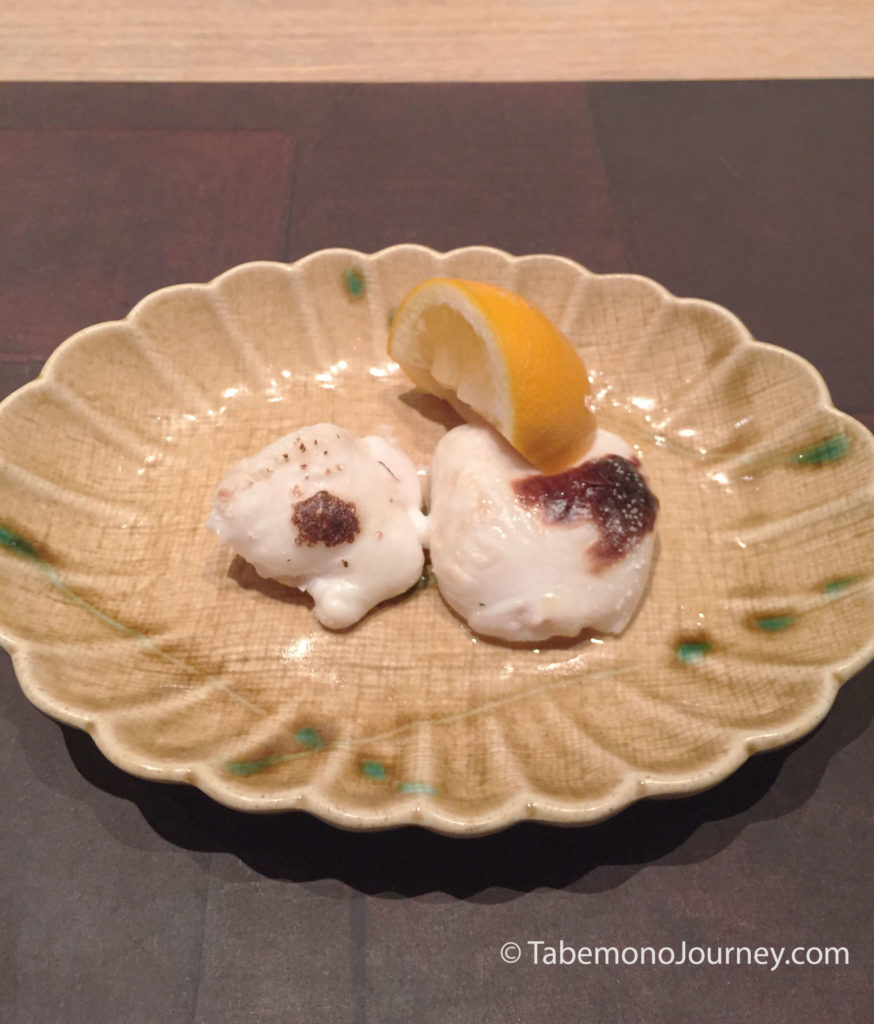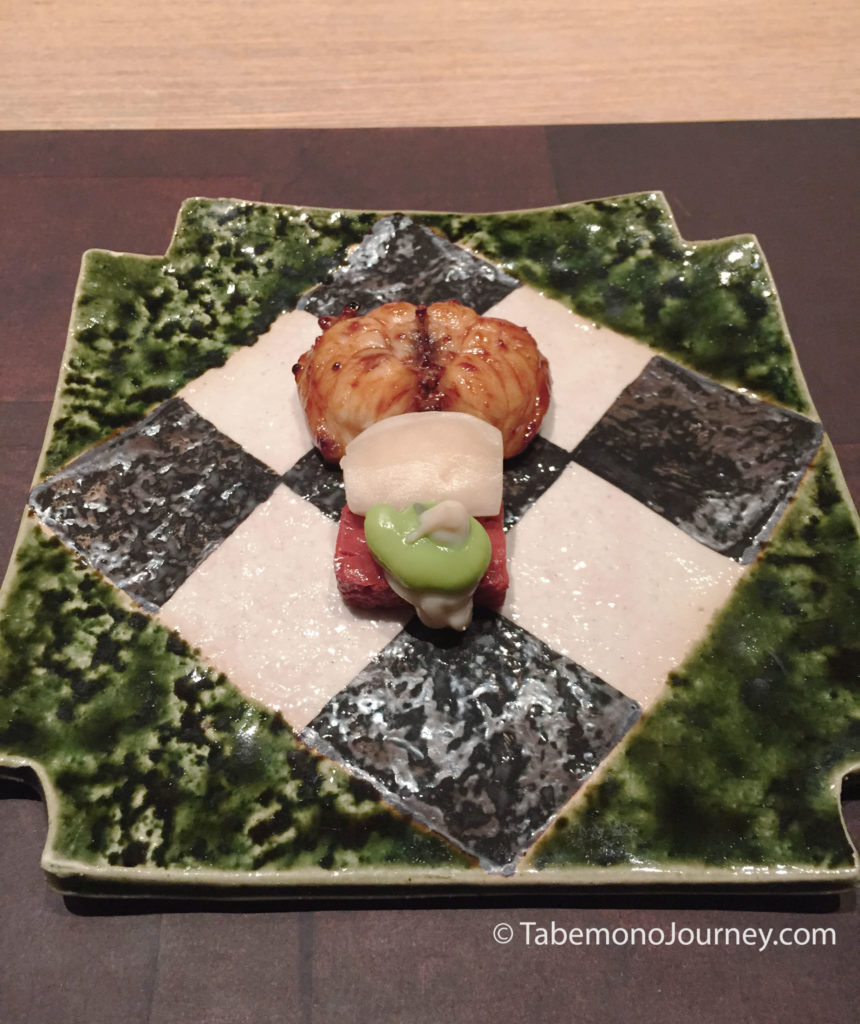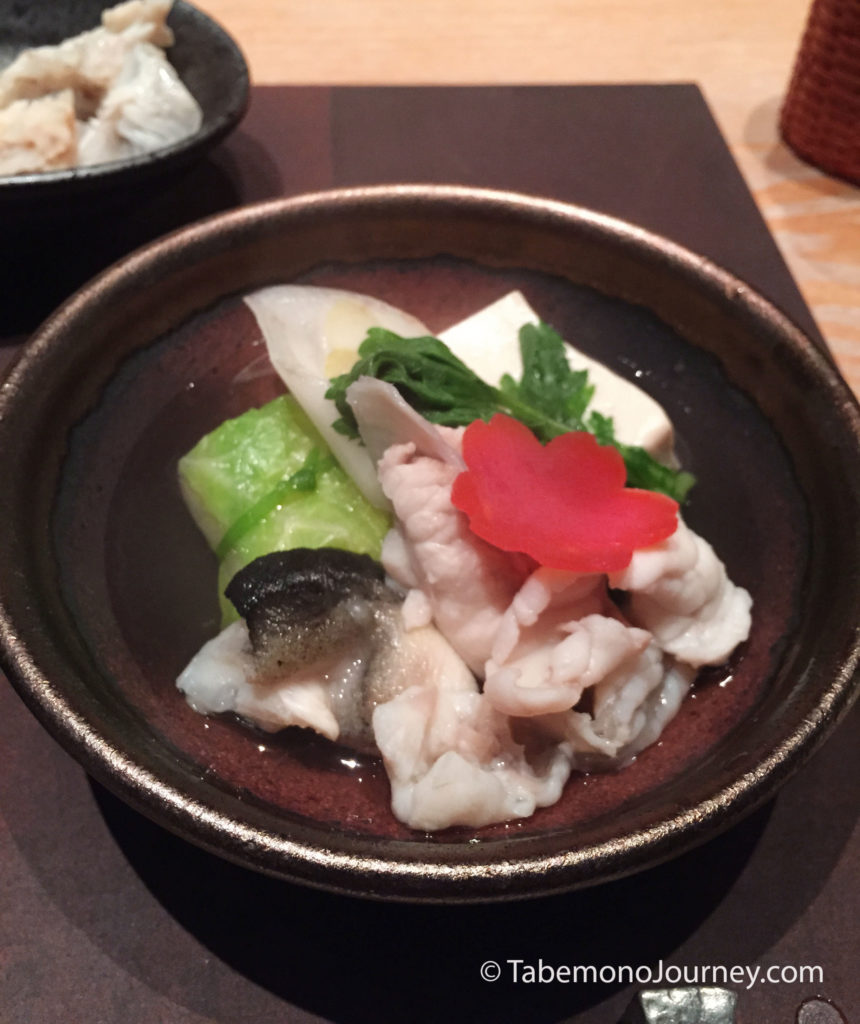One of my most anticipated foods of Japan I wanted to experience was also one I was the most intimated to try. This was fugu, and not just any fugu, but tora-fugu, which is called the tiger fugu. There are over 100 species of fugu in Japan and about over 20 of them are fished or farmed for consumption. Of those consumed, tora-fugu is the most prized to be eaten and the most poisonous of the edible species. The best time to eat tore-fugu is in the late autumn and winter, as the fish fatten up for the cold.
Fugu has tetrodotoxin in its eyes, skin, liver and ovaries which causes paralysis while leaving the victim conscious. Because of this, for centuries, Japan outlawed fugu from being served. Today, only strict professionals going through a decade of training can become licensed.
I figured if I am going to eat tora-fugu, I might as well go to one with three Michelin stars over at Usuki Fugu Yamadaya. The restaurant is located in Nishi-Azabu, Tokyo and it is actually a branch of the family’s chain of restaurants that is originally located in Oita, Kyushu.
I had my concierge at the Peninsula Hotel book me reservations. The restaurant has a 12 counter seat and a couple of private rooms. They are renowned for their fugu course meals, but also serve okoze (the poisonous stonefish) and hamo ( pike eel) in the summer and Shiroshita Karei (a special species flounder fish found in Oita) during May and June.
I sat at the counter so I can get a front row viewing of the preparation and cooking. The head chef is Yoshio Kusakabe, who has over 28 years experience with preparing fugu. His experienced showed, as he was friendly and engaged throughout the meal, but more importantly very focused as he expertly prepared our fugu course.
We started our meal with a trio of seasonal appetizers.
– Soft and tender braised abalone is parted with bamboo shoots and aralia sprouts
– Sesame tofu topped with uni
– Crab with bean curd skin, grapefruit, broccoli in a Yoshino thick vinegar sauce.
Soup made of Chinese cabbage and fried bread topped with grand pepper was next. The soup was very flavorful and I like the fried bread as it soaked up flavors of the soup and had a nice soft, creamy texture.
Next was the main event and the reason why I came here, and that’s the tora-fugu sashimi. It is laid out beautifully in chrysanthemum shape and topped with noodle like cuts of the fugu’s skin.
When you taste the fish, the flavor is light, almost chicken-like, and the thin translucent cuts have a firm and almost rubbery texture, in a good way. It is sort of like eating the hirame sashimi that is served from the live tank. The skin has a lot of collagen and is also chewy and rubbery, but again in a good way.
The sashimi is paired with kabosu citrus, Japanese leeks, steamed monkish liver, and momijiroshi (radish with hot pepper). You can wrap the sashimi around these and dip in the ponzu vinegar that adds a nice flavor to the overall dish. Maybe it’s the anticipation and the hype but I thought I felt a tingle and lightness in my mouth, that added to the an exhilarating feeling but was also unsettling. Was this the poison I was experiencing? Was I, in fact, eating my last meal? But then on the next bite, I didn’t experience this anymore and maybe it was all mental. Overall, it was a delicious dish that I ended up thoroughly enjoying.
The next course is grilled fugu shirako. I had shirako from sea bream and cod before, which is the milt of the fish (look it up if your curious for more details), and I was looking forward the fugu one as it is considered the best. It was very clean tasting and creamy, almost like the texture of uni. The slight charring added a nice toasty taste overall.
Fugu teriyaki was the next course. As the fugu is a lean fish, the fugu was firm and flaky. It is helped by the teriyaki preparation, as otherwise it would be dry and tasteless.
Deep fried fugu and a tempura fiddlehead fern is paired simply with a kadosu lime. The fried fugu had a texture and taste truly like chicken, and a very good one at that. I enjoyed this dish.
While we were eating, Chef Kusakabe prepared our fugu dish. He prepared a big hot-pot and slowly put in each ingredient by chopsticks right in front of us.
The hot-pot fugu included rolled up Chinese cabbage, Japanese leeks, shiitake, carrots, chrysanthemum, and tofu. The hot-pot of the fish really works as the fish was firm, yet tender and soft. It was almost like a cross between chicken and pork.
Our last savory course was the fugu zosui, a rice porridge. It looked almost like an egg drop soup but tasted great as the stock was made from the bones of the fugu.
The zosui is paired with Japanese pickles and two cubes of condensed fugu essence. It was a very flavorful and comforting dish.
We wrapped our meal with dessert with is a soft round mochi with mugwort stuffed with mascarpone cheese and sweet red bean called Yomogi Daifuku. It is paired with the green tea.
So with that meal finished, I lived to tell about my food adventure with tora-fugu. While the most memorable bite was the first bite of sashimi, where I thought i had a tingling sensation, but maybe it was all in my mind as the subsequent bite and the rest of the course, I did not feel anything and it certainly was not my last meal of fugu, as I had it a couple more times as ostumami courses here in there in sushi places in Tokyo. Overall, it was a very nice meal enhanced by the thrill factor of the mystique of the fugu.
Address and Information:
Usukifugu Yamadaya
4-11-14 Nishi-Azabu
Minato-ku
Tokyo, Japan
Phone: +81 3 3499 5501
